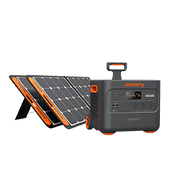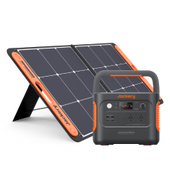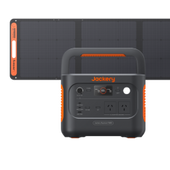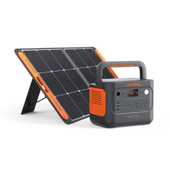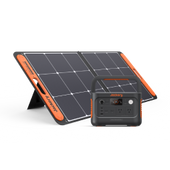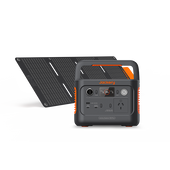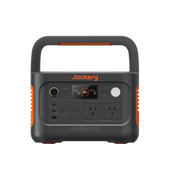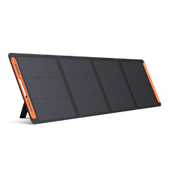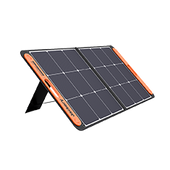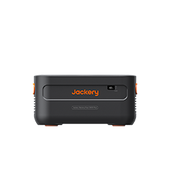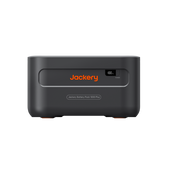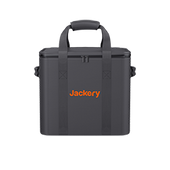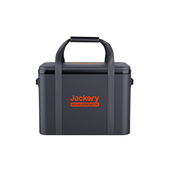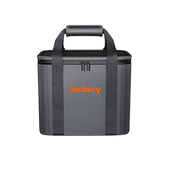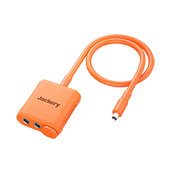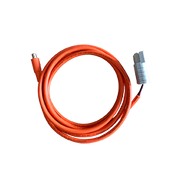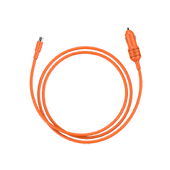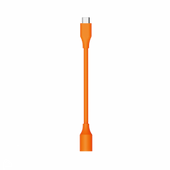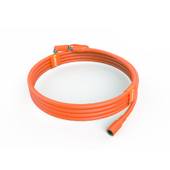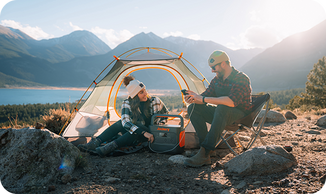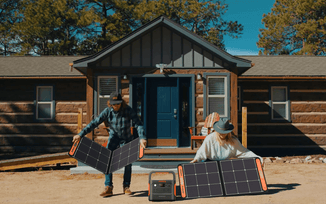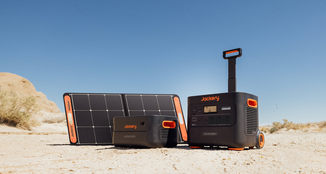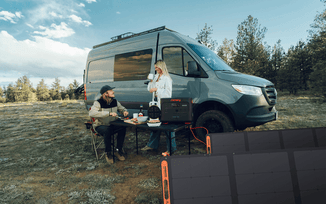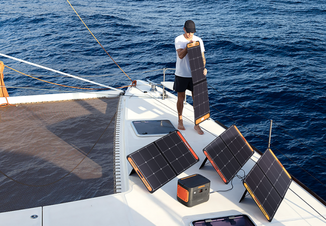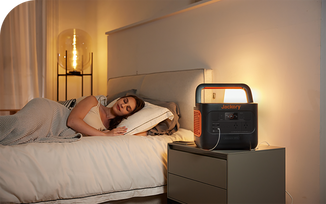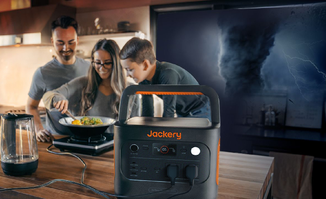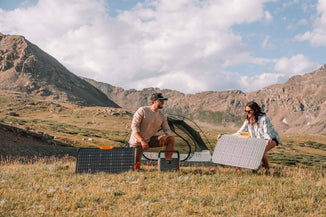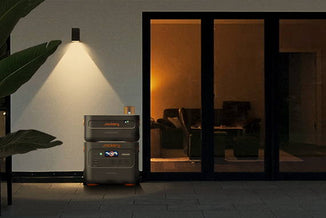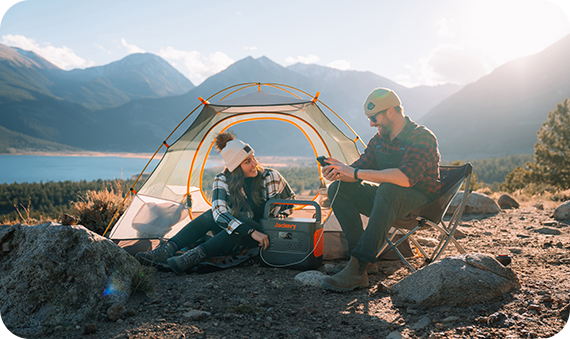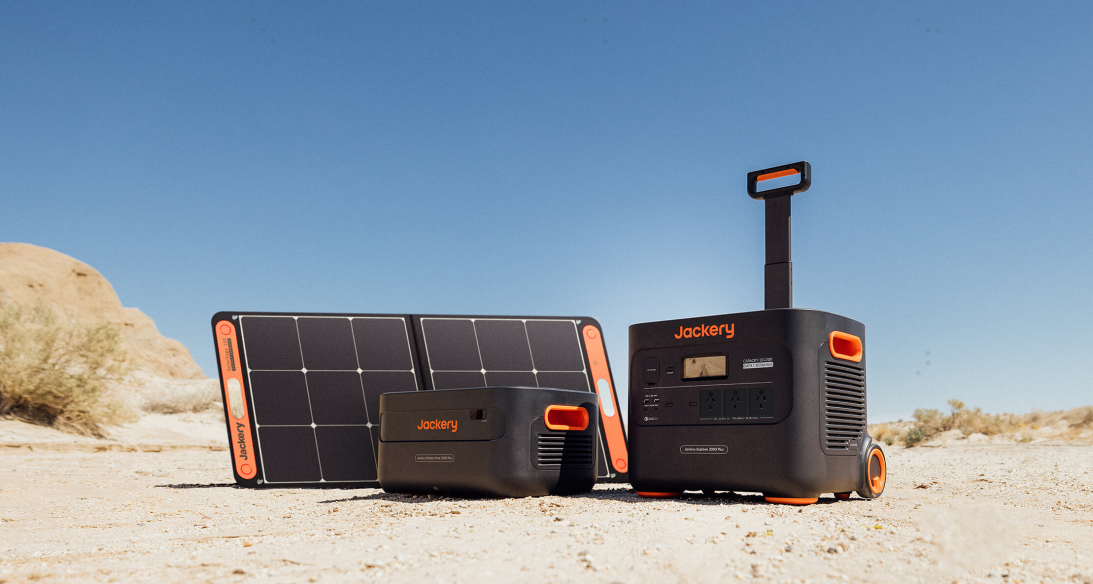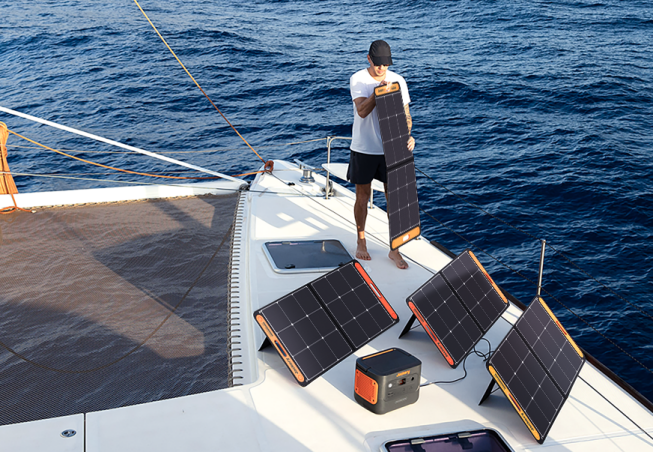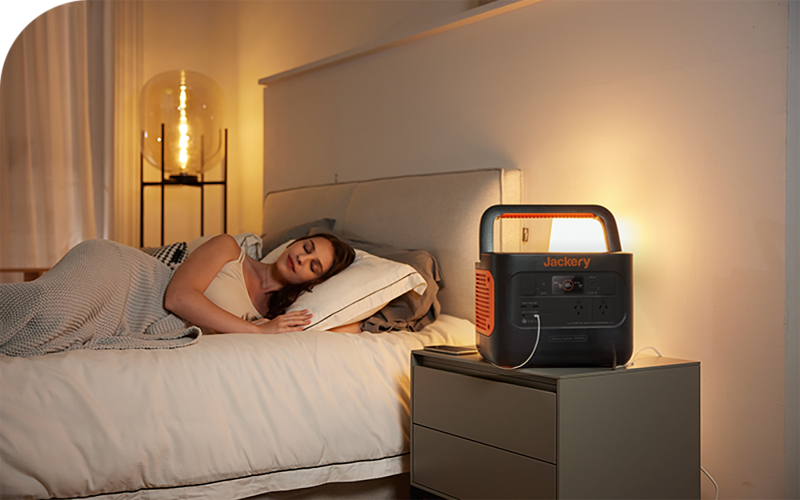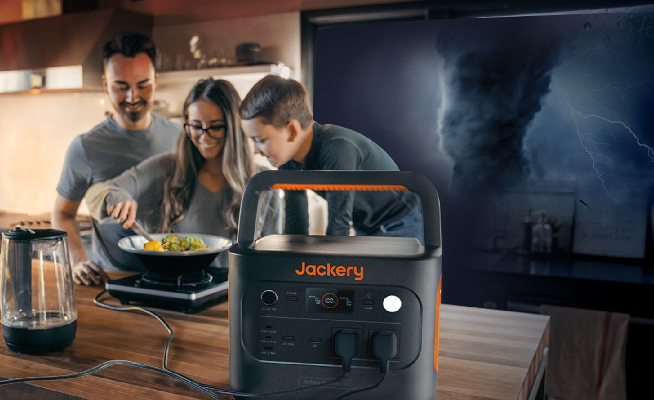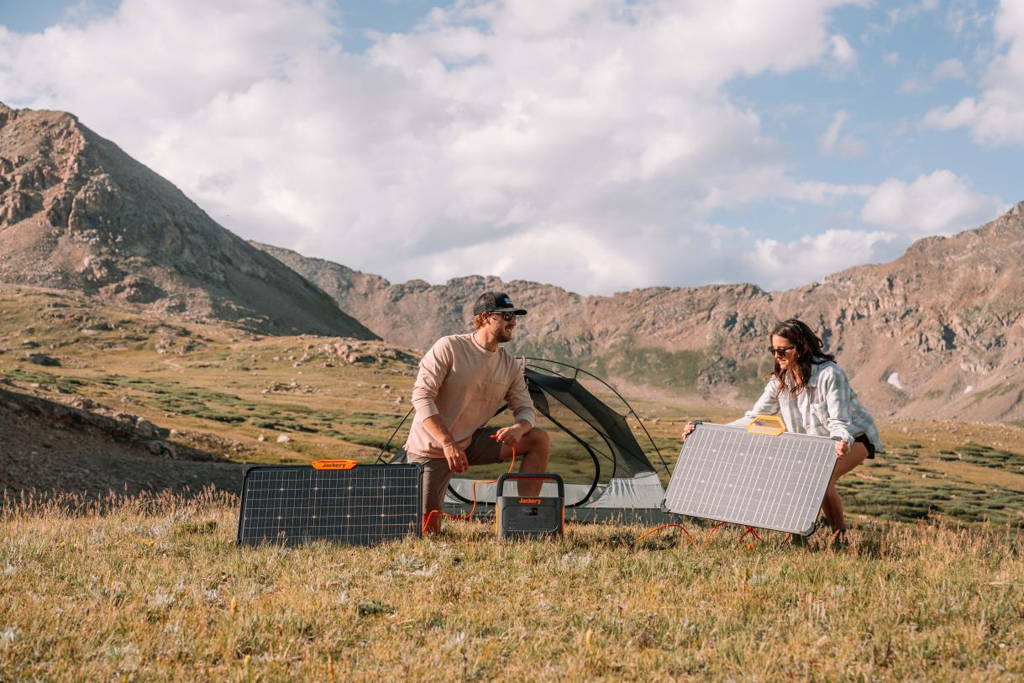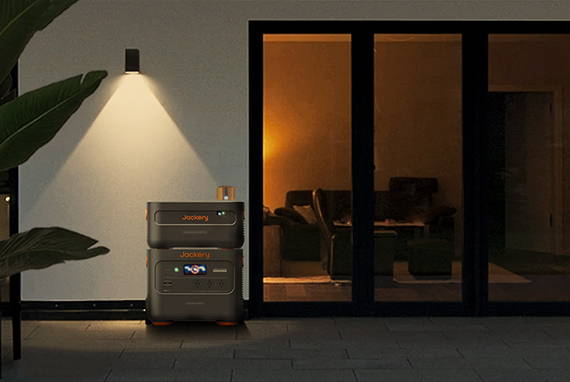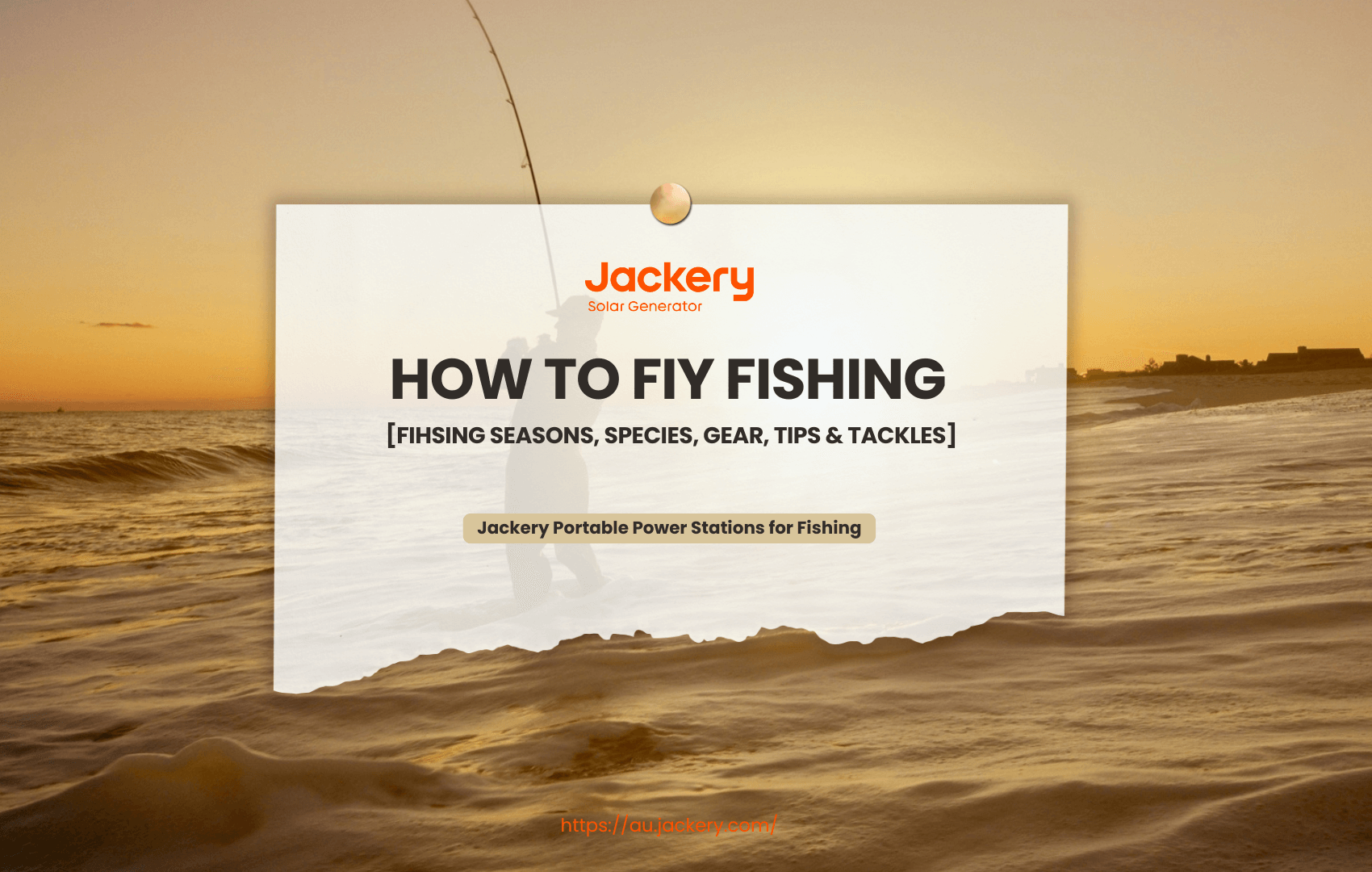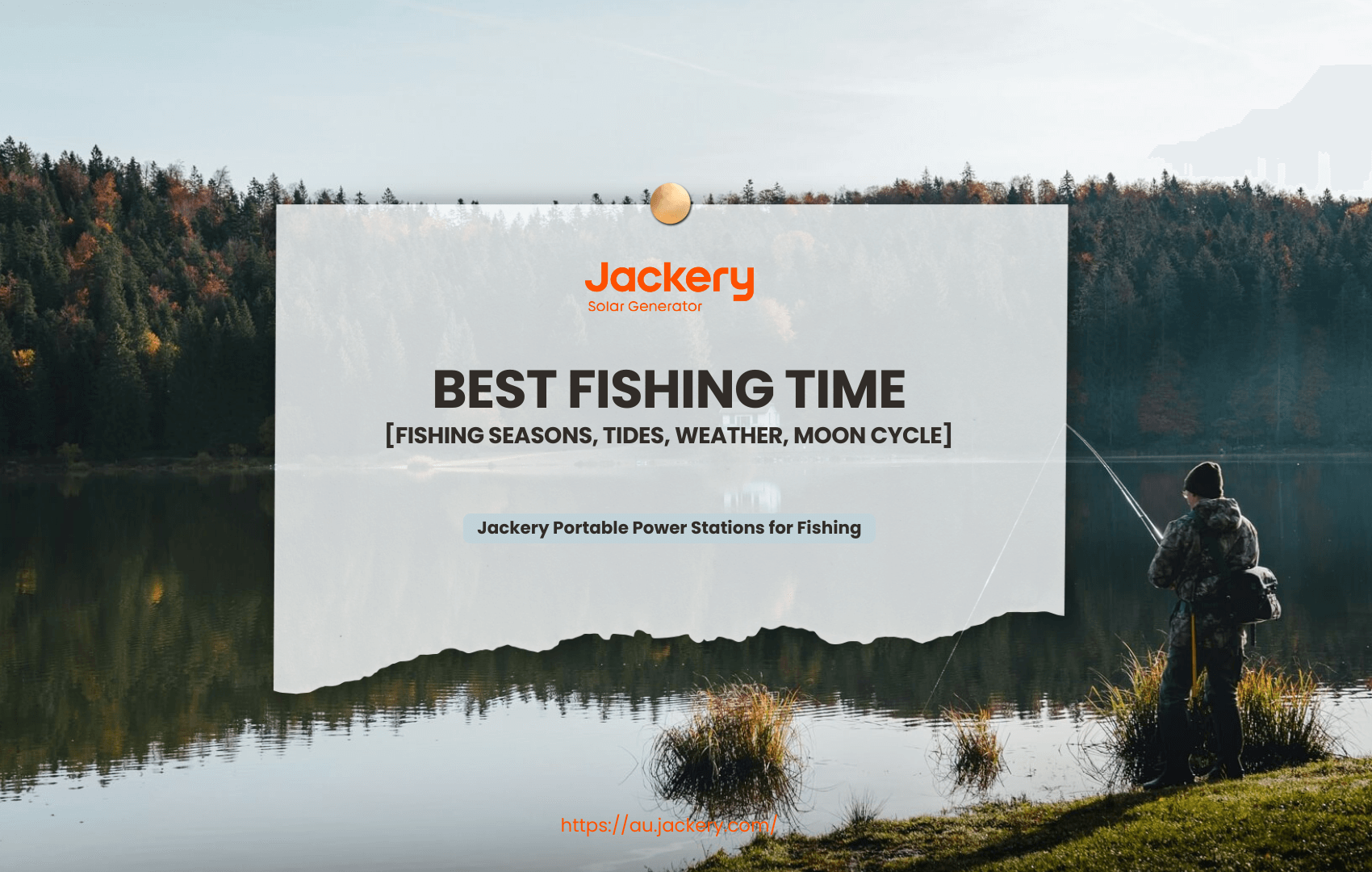|
Key Takeaways: |
|
- Drone fishing is an exciting pastime that combines sea fishing with the use of drones. Drone fishing operates in three steps: scouting, baiting, and catching. - Some accessories can enhance your drone's capabilities when fishing. - There are some information and tips to follow to safely and successfully rig and use your fishing drone. - There are several key features and considerations to keep in mind when purchasing a fishing drone to ensure you get the best value and performance for your specific needs. - Drone fishing is an enjoyable and worthwhile activity for many people. - We recommend the Jackery Explorer 600 Plus or 300 Plus to charge your drone or other electronics due to their compact size and portability. |
What Is Drone for Fishing?
Simply put, drone fishing is an exciting pastime that combines sea fishing with the use of drones. So, what exactly is drone fishing?
Drone fishing uses a drone to cast a baited hook instead of a rod. You can also use the drone's GPS for navigation and the camera to locate schools of fish remotely. Then, you need to attach a bait delivery device to the drone and drop it in areas where large numbers of fish can be found.
In addition, drone fishing can reach inaccessible places outside the breaking waves or honeyholes that can't be reached with a traditional casting rod. In reality, drone fishing is more complicated. Drones cannot fly in all areas, which may hinder flight.
Except for drone fishing, you may be interested in other fishing methods:
How Does Drone Fishing Work?
Drone fishing is like adding high-tech to your fishing hobby. New technology enables drones to fly farther and for more extended periods, land on water, and take off again. Drone fishing involves using drones to locate optimal fishing spots and then deploying bait where the fish are present. In simple terms, it works like this:

Reconnaissance
Drones can scout and access hard-to-reach fishing spots. Drones equipped with high-definition cameras can survey the water from above and help you find the best areas to cast your line.
Drones are also great for finding fish, as their advanced sonar capabilities can detect fish lurking just below the surface. Some drones can also live stream video, allowing you to observe fish behaviour and patterns. So, the first step in drone fishing is to fly your drone over the water and find the best fishing spots.
Drop the Bait
You need to attach the baited fishing line to a device on the drone and then send the drone to the scouted location (drone fishing range is usually 200-300 meters). In addition, you can release the bait and fishing line into the water by simply using your handheld controller and clicking the drone fishing device. So you can reach places that a fishing rod alone cannot reach.
Fishing
After all the fishing steps are completed, you must wait for the fish to bite, just like regular fishing. Most new drones have a built-in return to home (RTH) function, which means they can automatically return to a designated location and land without you having to control it. Of course, the drone's built-in return-to-home function can also automatically return even if the drone loses connection or the battery is low.
Drone Fishing Accessories
Depending on the drone you buy, the drone fishing gear may be included as an accessory when you buy the drone. If not, you will have to buy it separately. Of course, in addition to the accessories already in the box, you must buy some essential accessories for your fishing drone.
Here are some accessories that can enhance your drone when fishing:
Drone
Bait
Fish Finder
Underwater Camera
Landing Pad
Rod
Trace
Bait Release Mechanism
Bait Release - Clip Hook
Also known as a bait release or payload release, the clip hook attaches to the bottom of the drone and allows you to secure a baited fishing line and quickly release it—with the flick of a switch. Whether mechanical or electronic, a bait release is an absolute must.
Backup Batteries
Carrying spare batteries will extend your flight time. Quickly swapping batteries will get your drone airborne faster. Powering up your drone is much better with an easily portable backup power source. Jackery Explorer 600 Plus and Explorer 300 Plus are both excellent choices.
Many drones use a smartphone or tablet as the display for their live video feed and flight controls. These devices are battery-intensive, and a Jackery ensures they stay charged.

Fish Finder
If you want to ensure maximum fish-finding, a fish-finder is an excellent choice. Sonar systems designed for drones, in particular, can accurately detect fish. However, most places' regulations may only allow sonar use with a permit.
Underwater Camera
An underwater camera for fishing is a fantastic tool that allows anglers to see what's happening beneath the surface, transforming guesswork into informed decisions. These cameras come in various forms, each with unique features for different fishing scenarios. You can directly observe fish, structure (rocks, weeds, timber), and bottom composition.
Landing Pads
Landing pads provide a clean, flat surface for takeoff and landing, preventing sand or dust from getting into the propellers. These are padded mats designed to protect fish once they are landed, especially in catch-and-release fishing. When a fish is removed from the water, its delicate slime coat (mucus layer), scales, and fins are vulnerable.
Jackery Portable Power Stations for Drone Fishing
Drone fishing is revolutionising the sport, providing precision casting and an aerial view of popular fishing spots. Jackery Portable Power Stations are essential for powering your high-tech equipment, ensuring that your drone, camera, and other electronic devices remain charged for continuous fishing sessions. With Jackery's dependable energy solutions, you can concentrate on choosing the best drone for your needs and take full advantage of this innovative method.
Drone fishing often requires multiple drone batteries. Each flight might only last 20-30 minutes, and once those batteries are depleted, your fishing session is over unless you can recharge. Jackery Portable Power Stations provide a reliable way to recharge drone batteries on-site in remote locations where traditional power outlets are unavailable (e.g., beaches, riverbanks, or open fields). This allows you to significantly extend your fishing time, enabling you to get many more flights out of your drone.
Jackery Explorer 600 Plus
Take advantage of the maximum power and longevity of the Jackery Explorer 600 Plus Portable Power Station. With its remarkable 800W output and 632Wh capacity, this power station—intended for drone fishing—can run a variety of gadgets, from drones to portable coolers. It is lightweight and portable, weighing only 7.3 kg (16.1 lbs), which makes it the ideal fishing companion.

The Explorer 600 Plus's long-lasting LFP battery ensures reliability for many years to come, boasting a fantastic 4000-cycle lifespan. It is perfect for emergency scenarios because of its Emergency Super Charging Mode, which charges the gadget from 0% to 100% in just one hour. Your sensitive gadgets are safeguarded against unplanned power outages thanks to the UPS capability, which features a switch time of less than 20 ms.
From whisper-quiet operation at just 22dB to shockproof and fireproof construction, the Explorer 600 Plus ensures safe and efficient use in any environment. With a 3-year and an additional 2-year extended warranty, it's a power solution you can trust, no matter the circumstances.
|
Jackery Explorer 600 Plus Running Time |
|
|
DJI 04 Air Lite Drone (2.85W) |
39.9H |
|
Armed (Not Recording) Drone (4.85W) |
34.5H |
|
Armed (Recording) Drone (5.4W) |
32.4H |
|
Average Drone (90W) |
5.2H |
|
Camera (8.4W) |
27 Times |
(*The working hours are only for reference; the actual working hours depend on your usage.)
Jackery Explorer 300 Plus
The Jackery Explorer 300 Plus Portable Power Station redefines portability and performance. Weighing just 3.75 kg, this ultra-lightweight power station is designed for maximum convenience, allowing you to carry it in your backpack for fishing trips easily. Its compact size doesn't compromise its power, offering a 288Wh capacity and 300W output to keep your essential devices running smoothly.

Equipped with cutting-edge features, the 300 Plus ensures versatility for a wide range of scenarios. Its dual USB-C ports with up to 100W output support fast and simultaneous charging, making it ideal for drones, laptops, tablets, and smartphones. With four charging options—solar, AC wall outlet, car port, and USB-C—you'll always have a way to recharge, whether at home, on the road, or in the wilderness. Additionally, it's whisper-quiet and completely emission-free, making it both eco-friendly and convenient.
The Explorer 300 Plus is built to last, featuring an LFP battery with an impressive 10-year lifespan and over 3,000 cycles to 80% of its original capacity. Safety is at the core of its design, with advanced ChargeShield Technology providing 52 layers of protection against overvoltage, short circuits, and other potential hazards. Whether you're fishing, camping, travelling, or living off the grid, this portable power station provides reliable and safe energy solutions that adapt to your lifestyle.
|
Jackery Explorer 300 Plus Running Time |
|
|
DJI 04 Air Lite Drone (2.85W) |
18.9H |
|
Armed (Not Recording) Drone (4.85W) |
16.4H |
|
Armed (Recording) Drone (5.4W) |
15.4H |
|
Average Drone (90W) |
2.5H |
|
Camera (8.4W) |
12 Times |
(*The working hours are only for reference; the actual working hours depend on your usage.)
How to Fly and Rig a Drone for Fishing?
How do you properly use and rig your drone fishing? Follow the information and tips below to safely and successfully use your drone fishing.

Pre-flight Inspection and Setup
Before use, check the drone and weather conditions separately to ensure the wind is not too strong. Never fly in the rain unless your drone is waterproof. Always prepare a checklist before flying to ensure everything is in order and the drone is ready to fly.
Check all drone regulations and flight requirements in your area.
Ensure the drone battery is fully charged, and carry spare batteries or a backup power source.
Install the drone accessories, such as the bait release.
Calibrate the drone's compass and obtain a GPS lock.
Test the drone's camera, gimbal, and video transmission functions.
Installing Bait and Tackle
Connect the fishing line to the drone's release (usually attached to the landing gear). But there are also some aspects to pay attention to when hanging the tackle on the bait release:
Use a bait release accessory that allows you to release the tackle remotely.
Secure the bait carefully so that the bait will fall off when the release is triggered.
Leave enough line slack to prevent the drone from getting tangled.
Test the drone's bait release mechanism on land first.
Manual Flight vs. Smart Flight Mode
Drones generally have two flight modes, manual and intelligent, and you can switch between the two modes as needed.
Manual flight allows for precise control but is more labour-intensive.
Smart modes such as waypoint navigation and "follow me" are easier to use.
Practice flying in good conditions before using manual flight mode.
Drone Landing and Return
Drone landing and return are also areas of concern.
Pay attention to wind strength and direction when landing the drone, as strong winds can make landing difficult.
When manually recovering, hold the drone's landing gear, not the propellers.
Use a landing pad on the beach to avoid sand getting into the drone's engine.
Emergency features such as the drone's automatic return can be activated as a backup.
How to Choose the Right Drone for Fishing?
There are many well-known fishing drone brands in the drone fishing market. There are now several quality options for consumers, which can be confusing, especially for those trying drone fishing for the first time and wanting to experience this excellent pastime. Therefore, when purchasing the best drone for fishing, there are several key features and considerations to keep in mind to ensure you get the best value and performance for your specific needs.

Waterproofing
One of the most dreaded things (especially when fishing at sea) is to see your expensive drone fall into the water and be destroyed. Waterproofing is a significant advantage, as the drone will fly above the water.
A fully waterproof design will float and resist falling into the water, which gives you peace of mind when flying over a lake or ocean. However, remember that dedicated waterproof drones are typically more expensive and professional.
Camera
The main selling point of a fishing drone is the ability to spot fishing areas, so you can't do this with a low-resolution camera. A high-quality, high-resolution camera can help you spot fish and underwater structures. Ensure you get a drone with a high-quality camera to spot fish, even when flying a few feet above the water.
Range
A drone that can fly farther and has a more excellent range is better for fishing because it allows you to explore more areas and reach places far from the coast. Most drones today have sufficient range to fly bait far away, with even inexpensive $200 drones capable of flying over 1 km.
Portability
Please consider the portability of a fishing drone. Some drones are foldable, making them easier to pack and transport.
Durability
Ensure the drone is rugged and built to withstand the rigours of fishing, including exposure to corrosive saltwater.
Battery Life
Battery life is more critical than the range for a fishing drone because you will be able to retrieve the drone and land it quickly in time. Additionally, longer battery life reduces the likelihood of the drone losing power, sinking into the water, or colliding with a hard surface while fishing.
GPS and Return to Home
GPS stabilisation, auto return function, and obstacle detection sensors are all valuable safety features that reduce the risk of losing the drone. So GPS functionality is essential for fishing drones, allowing the drone to hover in a fixed position and return to the takeoff point if the battery is low or the signal is lost.
Safety Features
Choosing a drone equipped with obstacle avoidance, low-battery alarms, and other safety features can help prevent or reduce accidents.
Is Drone Fishing Worth It?
Currently, most people still prefer drone fishing over traditional fishing methods. So, is drone fishing worth it? Whether you do it as a hobby or a career, using drones to capture fishing activities is fun.
In short, drone fishing is enjoyable for many people, mainly because it has many benefits.
Extended Range
Regular fishing rods range from 10 to 15 meters, while drone fishing can reach several hundred meters. Therefore, using drones can allow you to cover a larger area, significantly increasing your chances of catching fish.
Accurate Baiting
It would help if you relied on hardware to release the hook and bait when using traditional fishing rods. But you can't control the bait's behaviour once it enters the water. Using a deep-sea fishing rod may cause it to sink to the bottom of the water, making retrieval difficult. But fishing drones can better control your bait and accurately cast the fish.
Save Time and Money
Drone fishing can save you time and energy because it does not require much physical exertion compared to traditional sports. While most recreational hobbies cost money, drone fishing is cheaper. Unlike conventional boats, you only need a modest amount of electricity to power your drone and other fishing gear.
Innovative Experience
A drone is not just a tool but a fishing partner that can quickly adapt to changing conditions. You need to combine the fun of piloting with the excitement of fishing and have the freedom to fish how you like.
Safety Tips for Using Drones for Fishing
Safety is always the top priority when drone fishing. Following the necessary safety measures outlined below will ensure you enjoy your fishing trip without any risks interfering. To safely and responsibly fish with a drone, keep the following tips in mind:
Tip 1: Be Aware of Regulations
Be sure to familiarise yourself with and comply with local laws regarding drone use in your area. It includes any specific regulations regarding drone fishing and general restrictions on drone flight.
Tip 2: Be Aware of the Weather
Weather is critical to successful drone fishing. Avoid flying your drone in strong winds, heavy rain, or stormy weather conditions, as this can affect flight stability and safety.
Tip 3: Fly Defensively
Keep your drone within visual range and avoid flying over people or crowded areas. Pay special attention to keeping a safe distance from people, wildlife, buildings, vegetation, and aircraft.
Tip 4: Practice Your Drone Flying Skills
To effectively and safely use a drone for fishing, you must be proficient in flying it. Take the time to practice in different conditions. Familiarity with the drone's features and controls will enable you to react more effectively in actual fishing scenarios.
Best Drone for Fishing FAQs
The following are the frequently asked questions about the best drone for fishing.
1. What are Australia's best places to fish with drones?
Many places in Australia are great for drone fishing, and each location has its unique charms and challenges, so be sure to tailor your fishing plans to the specifics of your chosen area. Here are five places in Australia that are great for drone fishing:
Great Barrier Reef, Queensland
Fraser Island, Queensland
Cairns, Queensland
Gold Coast, Queensland
Exmouth, Western Australia
2. Is drone fishing legal?
Back in 1940, the International Game Fish Association defined ethical standards for fishing (and created rules for it). However, at the time, there were no regulations governing the use of drones. So, the legality of drone fishing varies by country, state or region.
According to the International Game Fish Association, you can use items like outriggers and kites to tug on baited lines, but only if the line is released from the device when the fish bites (which is often the case with drones). Drones can be used for fishing if you release the line before or during the bite. Using a drone to tug on a fish caught with a line attached to a drone is illegal.
While drone fishing may not be explicitly illegal in many places, regulations governing the use of drones may affect the activity. In Australia, the agency responsible for regulating drone fishing is the Civil Aviation Safety Authority (CASA). Please check your local regulations before fishing.
3. What are the pros and cons of drone fishing?
While fishing drones bring a new twist to fishing, they also have disadvantages.
Pros of Drone Fishing:
Extended range: Drone fishing allows you to fish in hard-to-reach places.
Reconnaissance: Drone fishing can spot schools of fish and underwater features.
Precision bait delivery: Drone fishing enables the delivery of bait to a precise location.
Novelty: Drone fishing adds excitement to the fishing experience.
Cons of Drone Fishing:
Expensive: Good drones are costly.
Legal and regulatory restrictions: In certain areas, the use of drones may be subject to limitations.
Risk of loss: Drones may crash or be lost.
Effort: It takes time to learn how to operate a drone.
Environmental impact: Drones may disturb wildlife and other anglers.
Final Thoughts
Drone fishing is revolutionising the fishing experience, making it more accessible, exciting, and efficient. Through the fusion of technology and nature, you'll discover new perspectives on fishing that you've never imagined before. But like traditional fishing, drone fishing requires patience.
So, take your time to enjoy the outdoors and the unique experience that drone fishing brings. Even if you don’t catch as many fish as you hoped, the joy of being out in nature is a reward. If you’re looking for a great way to kill time, drone fishing is one of the best choices you can make.

